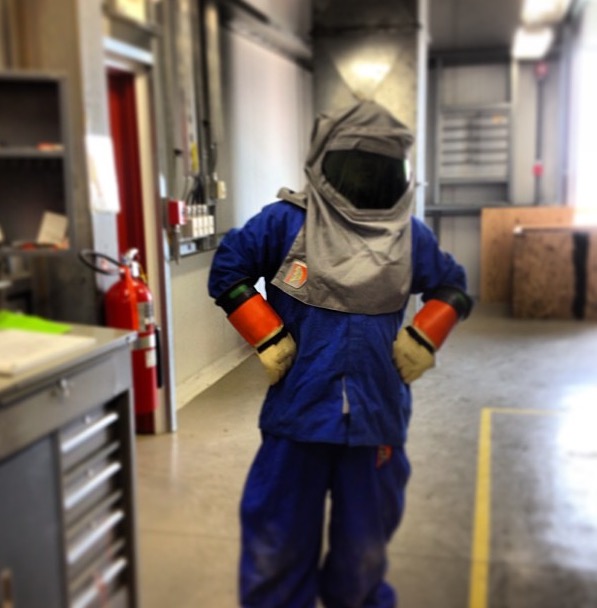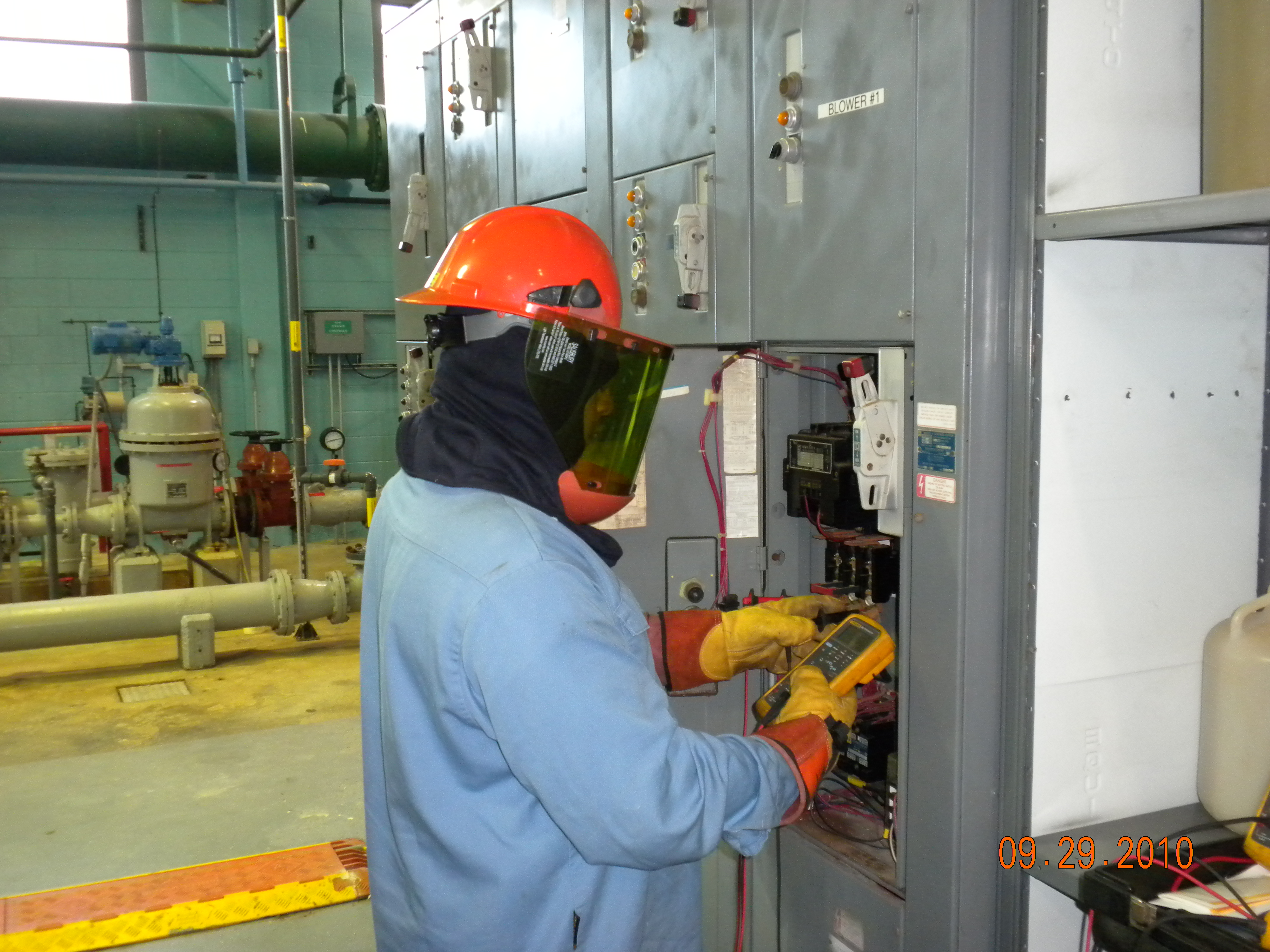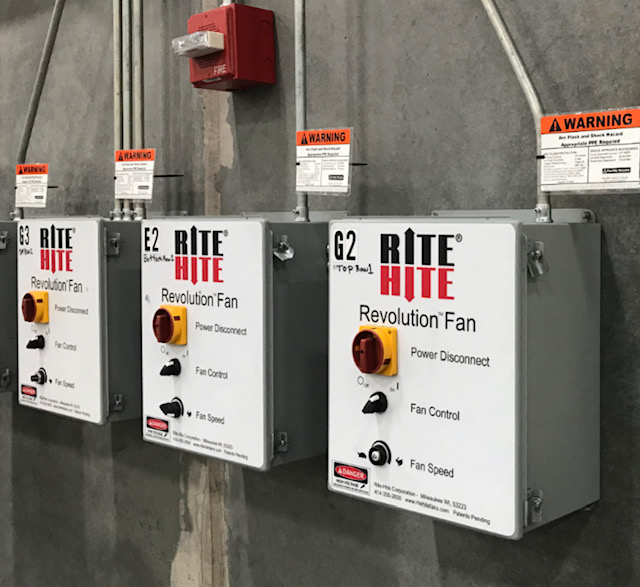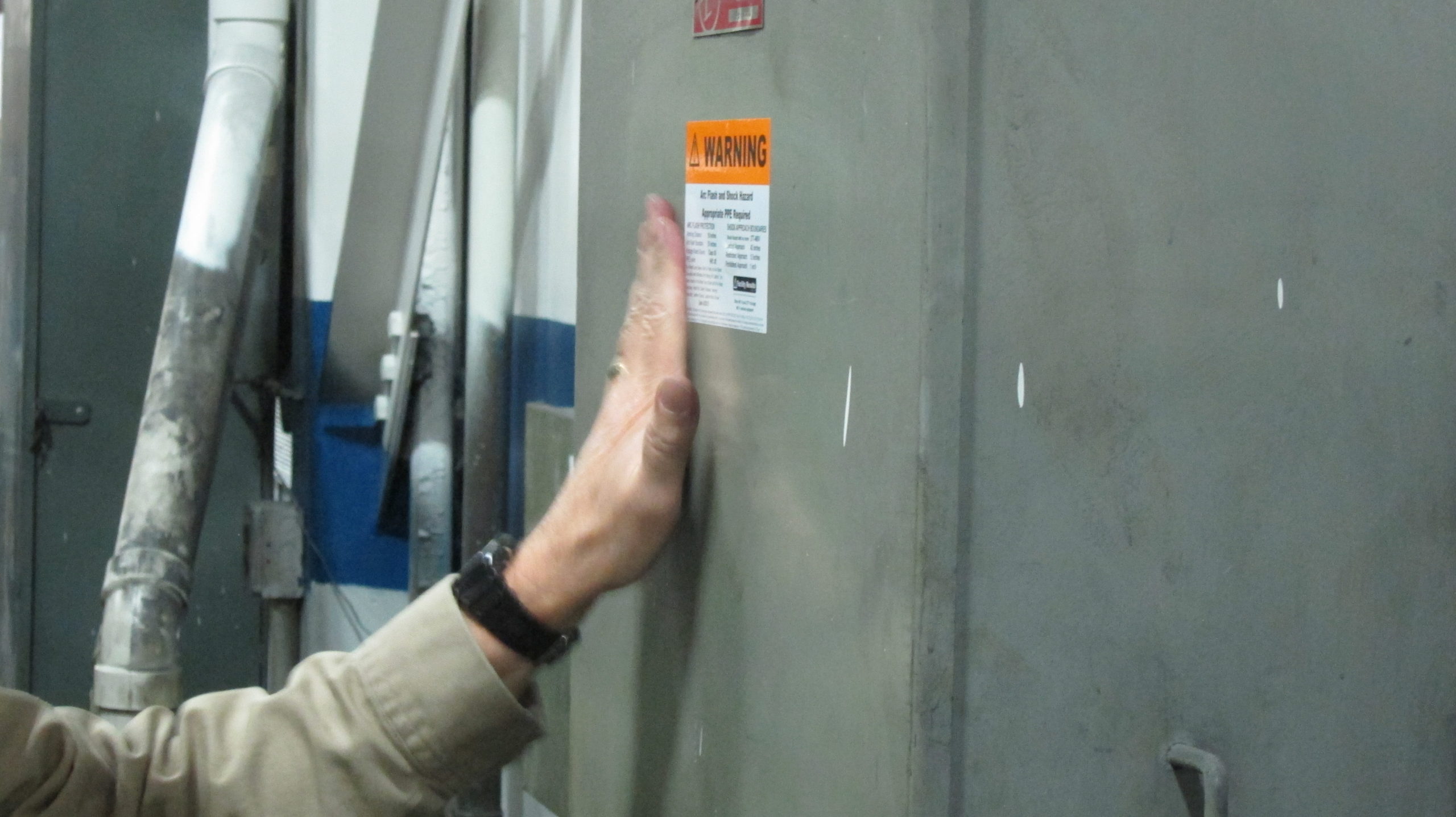
The Most Effective Balaclava Wearing Technique for Arc Flash Protection
February 17, 2023
Arc Rated Apparel’s History and What the Future Holds
February 20, 2023Arc-rated apparel has gone a long way since its start in the 1980s. Initially, arc-rated clothing was composed of cotton, which provided some protection but was insufficient for high-energy arcs. New materials have been produced throughout time, and the quality of arc-rated apparel has significantly increased. Arc-rated apparel is now constructed of high-tech fabrics that provide improved employee protection and comfort.
In this blog article, we’ll look at the development of arc-rated apparel and how it has developed to meet the demands of today’s employees.
Cotton Arc-Rated Clothes
Cotton was the fabric of choice in the early days of arc-rated clothes. Cotton is a natural, breathable material and easy to wear, making it a great choice for clothes. Conversely, cotton is not naturally flame resistant and must be treated to be arc rated.
Cotton arc-rated apparel was treated with a flame-retardant chemical to make it flame resistant. This procedure rendered the cotton fibers resistant to burning and self-extinguishing. Cotton arc-rated apparel, on the other hand, has certain restrictions. It did not give enough protection against high-energy arcs, and the flame retardant application was not long lasting, leading the protection to deteriorate with time.
The Use of Synthetic Fibers
New materials were created to fulfill the demands of employees as the demand for improved protection grew. When synthetic fabrics were produced, they immediately became the favored choice for arc-rated apparel. In comparison to cotton, synthetic fibers are innately flame resistant.
Nomex was one of the first synthetic fibers used in arc-rated apparel. Nomex is an aramid fiber created by DuPont in the 1960s. Nomex is a high-performance material that is lightweight, resilient, and naturally flame resistant. It is commonly utilized in the production of arc-rated apparel, including as coveralls, shirts, and pants.
Kevlar is another synthetic fabric that is often used in arc-rated apparel. DuPont created Kevlar, another aramid fiber. Kevlar is well-known for its excellent strength, durability, and flame resistance. It is often utilized in protective clothing such as gloves and body armor.
The Growth of High-Tech Fibers
New high-tech fibers were produced as technology improved, providing even more protection and comfort. These fibers are designed to give the highest possible arc flash protection while remaining comfortable and simple to wear.
Modacrylic is a common high-tech fabric used in arc-rated apparel. Modacrylic is a synthetic fabric manufactured from acrylonitrile and other chemicals. It is naturally flame resistant and has great moisture management capabilities, making it pleasant to wear in a range of settings. Modacrylic is frequently combined with other fibers, such as cotton and polyester, to make protective and pleasant garments.
Aramid is another high-tech fiber that is widely utilized in arc-rated garments. Aramid fibers are comparable to those used in Nomex and Kevlar but are engineered to give even better protection against high-energy arcs. Aramid fibers are extremely heat resistant and can tolerate high temperatures. They are also lightweight and flexible, making them perfect for use in protective garments.
Another high-tech fiber that has emerged as a leading choice for arc-rated clothes in recent years is FR viscose. FR viscose is a type of rayon fabric that has been treated with a flame-retardant chemical to make it naturally flame resistant. It is very breathable, comfortable, and has great moisture management capabilities, making it perfect for usage in a range of conditions.




